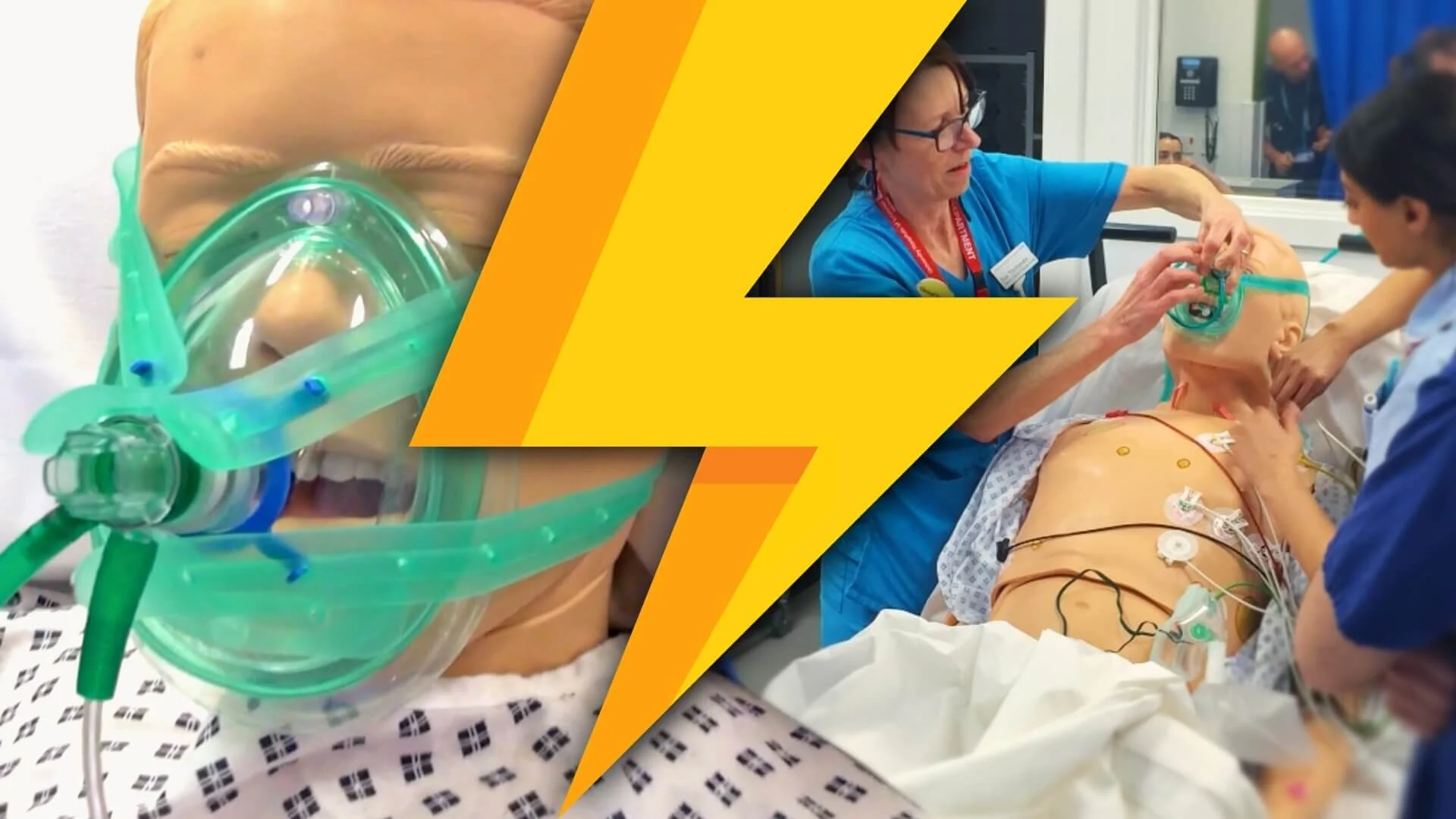Lightning Learning: CPAP in Adults ED
STOP!
What is CPAP?(1)
CPAP stands for Continuous Positive Airway Pressure. In ED we give CPAP via a tight-fitting mask. CPAP is a way of delivering ‘PEEP’ (Positive End-Expiratory Pressure) throughout the breathing cycle.
Who is it for? (indications)
Patients with Type-1 respiratory failure (hypoxaemia, without hypercapnia) with persistently low SPO2 despite supplemental O2.
Who is it NOT for? (primary contraindications)
- Need for intubation
- Untreated pneumothorax
- Facial trauma (incl. burns)
- Untreated vomiting or epistaxis
- Suspected base of skull fracture
LOOK
What does CPAP do?(2)
CPAP creates extra pressure at the end of the patient’s exhalation phase, keeping bronchioles and alveoli open. This is a low amount of pressure (approximately 5-10 cmH2O) that augments alveolar recruitment and reduces intrapulmonary shunting.
In pulmonary oedema, this pressure forces excess fluid to leave the interstitial tissue around the alveoli, allowing better exchange of gases.
Patients on CPAP breathe at higher lung volumes, reduces airway resistance – hence, work of breathing.
Finally, the high oxygen flow rates required to achieve CPAP ensure that an even greater FiO2 (fraction of inspired oxygen) can be achieved than by using a non-rebreather (NRB) mask at 15L/min.
LEARN
As a temporising measure, you can give patients maximum supplemental oxygen of 15 L/min via NRB mask PLUS an additional 6 L/min via nasal cannula.
NB: CPAP is NOT actually a mode of ventilation (but it can help avoid invasive ventilation in some patients).
Watch our video on How to set up CPAP 🎬 (EM3) https://youtu.be/KF9u0qCr-RE
References:
- Boussignac CPAP system (UHL)
- Basics of CPAP (Bound Tree University)







